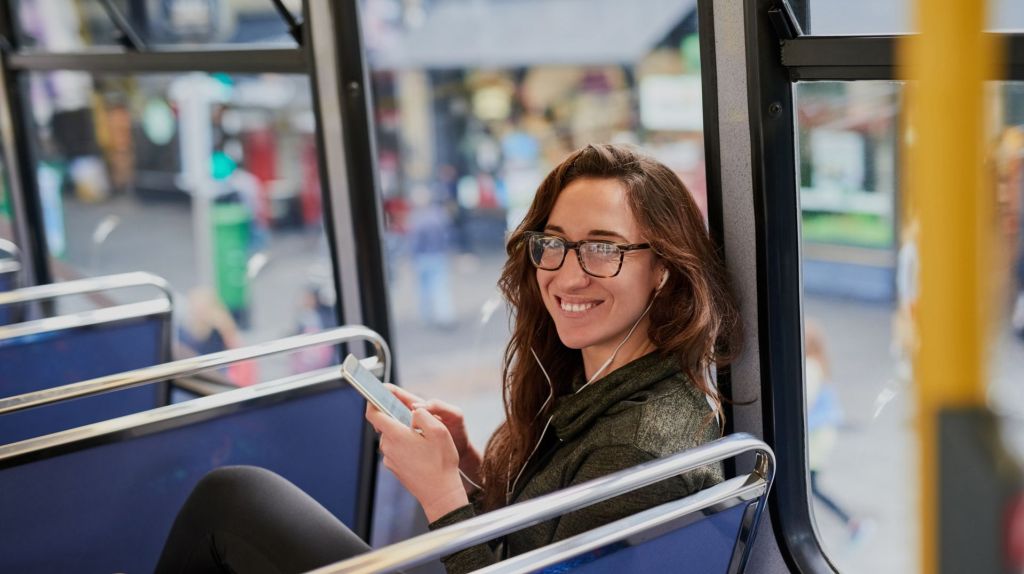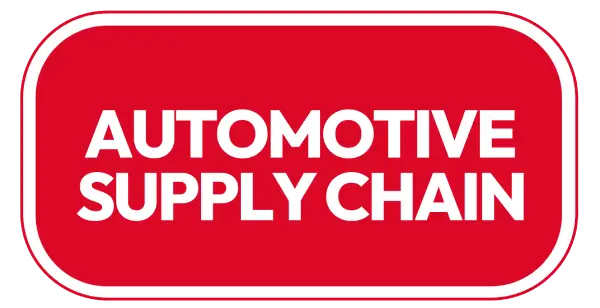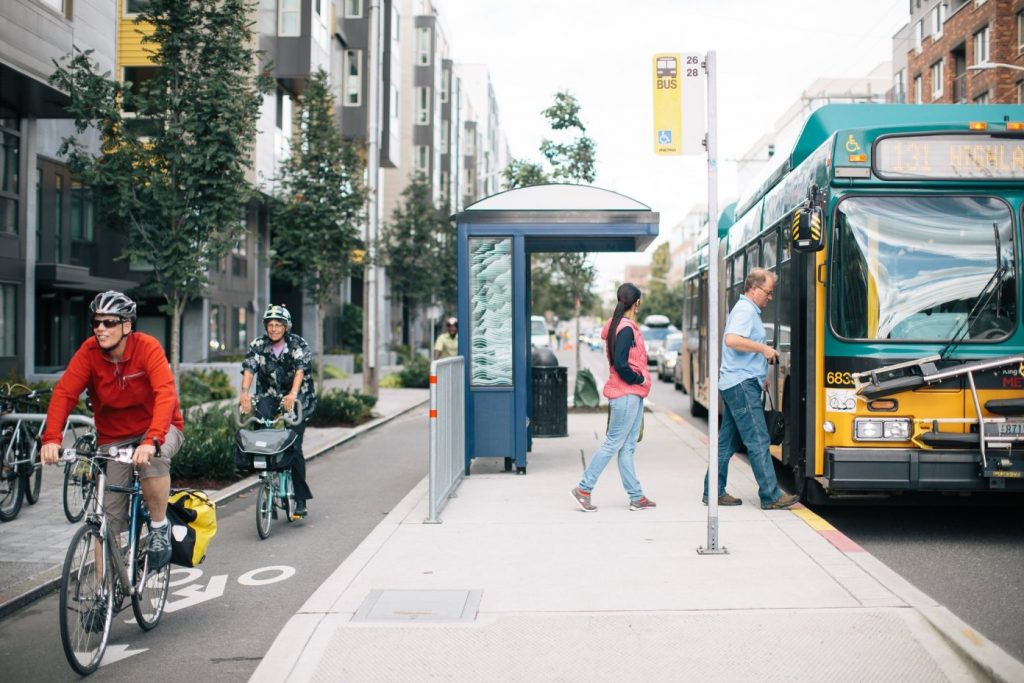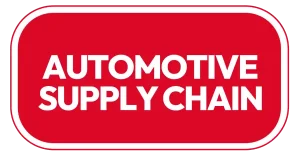Efficient public transport systems are fundamental to the smooth functioning of modern cities. They reduce traffic congestion, lower greenhouse gas emissions, and promote equitable access to jobs and services. However, achieving an effective public transport system requires a coordinated effort, with the government playing a pivotal role. This blog explores the key ways in which governments influence the development and promotion of public transport systems.
1. Policy Formulation and Strategic Planning
Governments are responsible for setting the vision and framework for public transport systems through policies and strategic planning. Urban development plans, zoning laws, and sustainability strategies often incorporate public transport as a core element. For instance, policies encouraging transit-oriented development (TOD) ensure that residential and commercial spaces are built near transport hubs, making public transit a convenient option.
Strategic planning also involves forecasting future needs. Governments analyze demographic trends, economic growth, and urban expansion to ensure that public transport systems can accommodate future demand. This forward-thinking approach prevents the infrastructure from becoming outdated or overwhelmed.
2. Infrastructure Investment and Funding
Public transport systems require significant financial investment in infrastructure such as railways, buses, metro systems, and terminals. Governments play a central role in funding these projects, often through a combination of public spending, partnerships with private entities, and loans from international organizations.
For example, in countries like Japan and Singapore, the government has heavily invested in metro systems, ensuring widespread connectivity and efficiency. By providing the financial backbone, governments ensure that public transport remains accessible and affordable to the population.
3. Regulation and Quality Standards
To ensure safety, reliability, and quality, governments regulate public transport systems. This includes setting standards for vehicle emissions, safety protocols, and maintenance practices. Regulations also extend to fare pricing, preventing monopolistic practices that could make public transport unaffordable.
Moreover, governments monitor and enforce service standards. For instance, punctuality and cleanliness are critical aspects that impact passenger satisfaction. Through effective oversight, governments can ensure that operators deliver a high-quality experience, encouraging more people to use public transport.
4. Encouraging Sustainable Practices
Climate change and environmental sustainability are pressing global concerns. Governments are uniquely positioned to integrate sustainability into public transport. Policies encouraging the use of electric buses, renewable energy-powered trains, and low-emission vehicles help reduce the carbon footprint of transportation systems.
Additionally, many governments provide subsidies or tax incentives to operators adopting green technologies. For example, the European Union has allocated substantial funds to member states for promoting sustainable transport projects under the Green Deal initiative.

5. Public Awareness and Campaigns
Raising awareness about the benefits of public transport is a crucial government role. Public campaigns can highlight its cost-effectiveness, environmental benefits, and convenience. Governments often collaborate with local communities, schools, and businesses to promote a culture of using public transport over private vehicles.
Campaigns like “Leave Your Car at Home Day” or discounts for frequent commuters encourage people to shift from private to public modes of transport. Such initiatives not only improve ridership but also instill a sense of collective responsibility toward urban mobility.
6. Partnerships with the Private Sector
While the government often spearheads public transport development, partnerships with private entities can amplify efforts. Public-Private Partnerships (PPPs) have been instrumental in creating and maintaining transport infrastructure in many parts of the world. These collaborations leverage the efficiency of the private sector and the regulatory oversight of the government, leading to optimized outcomes.
For example, the Delhi Metro in India is a testament to successful government-private sector collaboration. The system has become a model for other cities looking to develop effective public transport networks.
7. Addressing Equity and Accessibility
Governments also play a vital role in ensuring that public transport systems are inclusive. By subsidizing fares for low-income groups, the elderly, and students, governments make public transport more equitable. Additionally, infrastructure like ramps, elevators, and designated seating ensures accessibility for individuals with disabilities.
Equity-focused policies not only improve quality of life for disadvantaged groups but also enhance social cohesion by bridging the gap between different socioeconomic classes.
8. Innovation and Technology Adoption
Technological advancements are revolutionizing public transport systems. Governments can drive innovation by funding research and development, adopting smart technologies, and integrating digital tools like real-time tracking apps and contactless payment systems.
Smart cities across the globe are embracing Internet of Things (IoT) solutions to optimize routes, reduce wait times, and enhance passenger safety. Governments that prioritize such innovations position their cities as leaders in sustainable urban mobility.
Conclusion
The role of government in promoting public transport systems cannot be overstated. Through strategic planning, infrastructure investment, regulation, sustainability initiatives, and fostering public-private collaborations, governments lay the foundation for efficient and inclusive transport networks.
As urban populations continue to grow, governments must remain proactive, ensuring that public transport systems not only meet present needs but also evolve to address future challenges. By prioritizing public transport, governments pave the way for sustainable, equitable, and well-connected communities.
How do you think your government can improve public transport systems in your area? Share your thoughts in the comments below!







